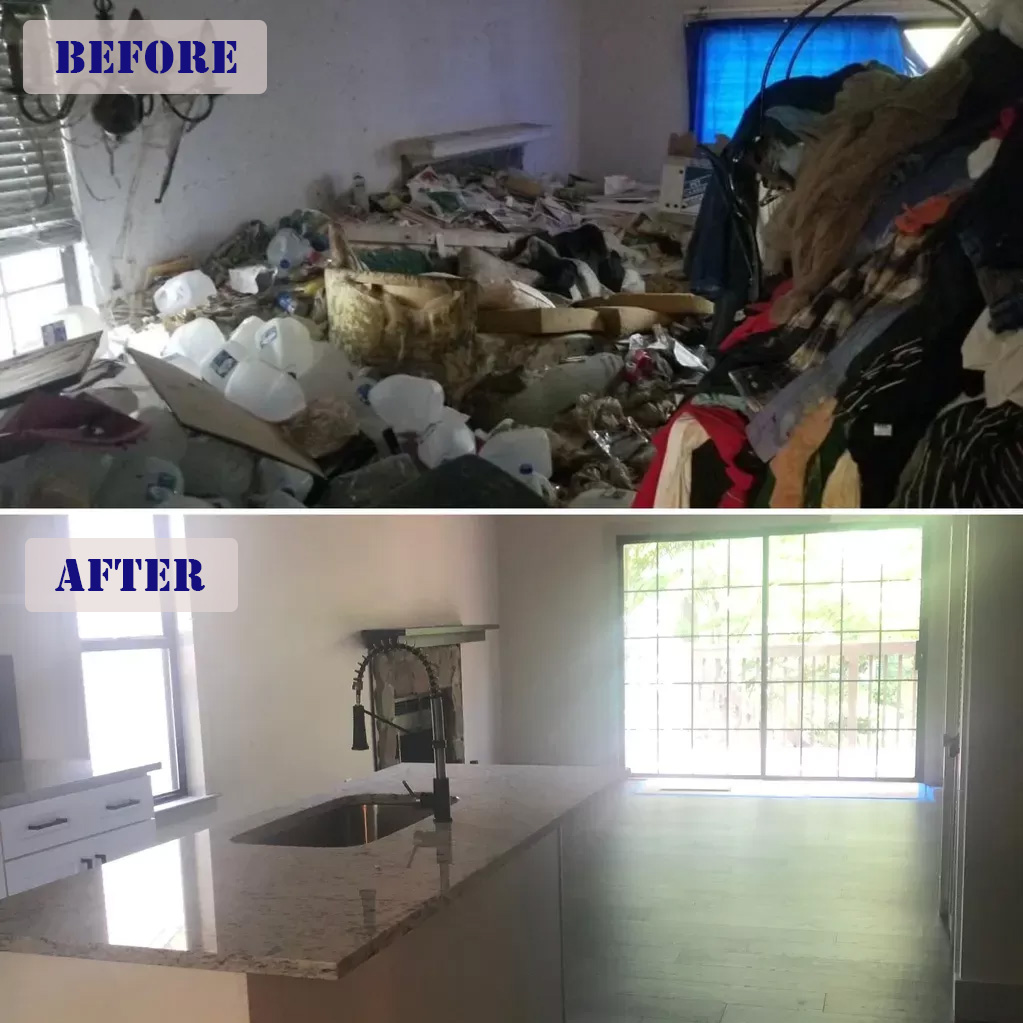TYPES OF BIOHAZARDS: IDENTIFYING AND CATEGORIZING HAZARDS

Biohazard cleaning deals with the safe removal and disposal of materials that pose risks to human health. These hazards can come in various forms, and understanding their types is key for safety and effective cleaning. Let’s take a look at the primary biohazards and how they are categorized.
- Biological Hazards (Microorganisms)
Microorganisms like bacteria, viruses, fungi, and parasites are among the most common biohazards. They can cause serious illnesses and are often found in healthcare settings, public spaces, and crime scenes.
Examples:
- Bacteria: E. coli, Salmonella, Tuberculosis.
- Viruses: HIV, Hepatitis, Influenza.
- Fungi: Aspergillus, Histoplasmosis.
- Parasites: Toxoplasma, Giardia.
- Bloodborne Pathogens
Bloodborne pathogens, such as HIV, Hepatitis B, and C, are transmitted through infected blood and bodily fluids. These hazards are most commonly found in healthcare environments and crime scenes.
- Sharps and Contaminated Materials
Sharps (needles, syringes, broken glass) can be contaminated with pathogens. They pose an injury risk and can transmit bloodborne diseases, making careful handling essential during cleanup.
- Toxins and Hazardous Chemicals
Toxins produced by bacteria or fungi can be harmful when inhaled or ingested. These include botulinum toxin or mycotoxins. Additionally, cleaning chemicals can become hazardous if not properly handled.
- Human Tissue and Bodily Fluids
Tissues and bodily fluids such as blood, vomit, or saliva can carry infectious diseases and must be handled with care during cleanup, especially in medical or crime scenes.
Conclusion
Understanding the types of biohazards is crucial for ensuring safety during cleanup. Whether dealing with pathogens, or bodily fluids, proper protective equipment (PPE) and protocols are essential. Always consult professionals for safe biohazard cleaning, and never underestimate the risks these hazards pose. If you need any advises from our professionals, please feel free to contact Our Radiant Clean today.



